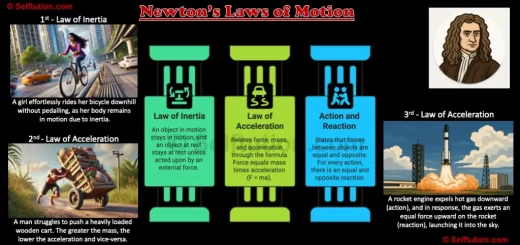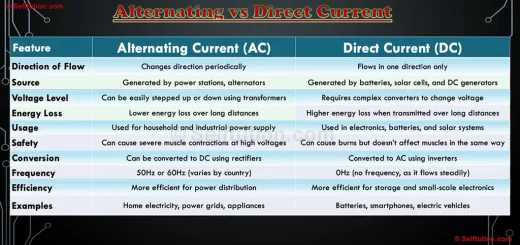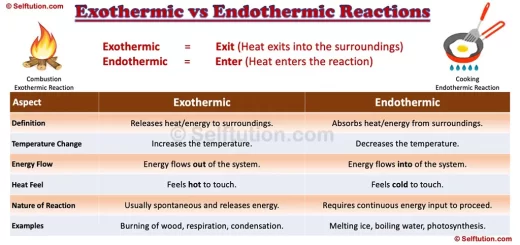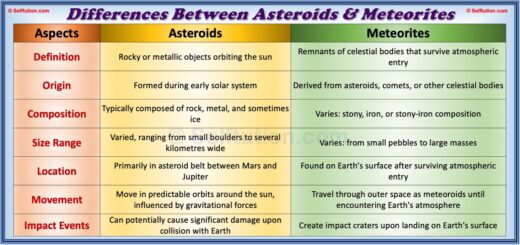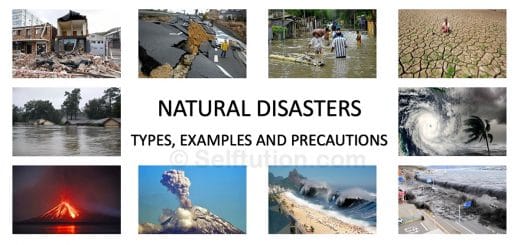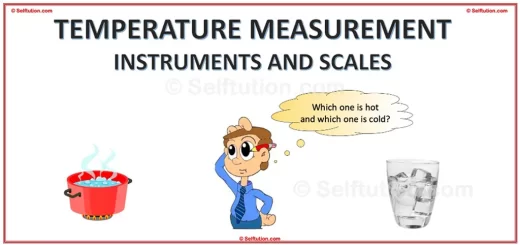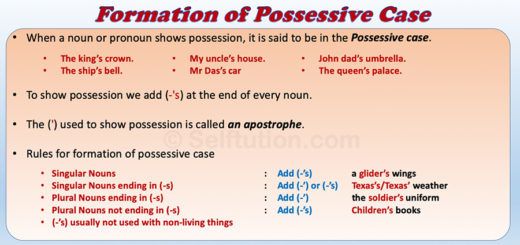Alternating Current and Direct Current: What’s the Difference
Hey there, future scientists and curious minds! Today, we’re diving into one of the most fundamental topics in electricity—Alternating Current and Direct Current (AC and DC).
If you’ve ever wondered why your phone charger works differently from the power coming out of your wall socket, or why some devices need batteries while others plug straight into an outlet, you’re in the right place!
I’ll break down Alternating Current and Direct Current in simple, engaging terms—no jargon, just clear explanations. So, let’s unravel the AC/DC mystery together!
The Basics: What Are AC and DC?
Electricity is the flow of electric charge, usually carried by electrons moving through a conductor like a metal wire. The way these electrons move defines whether the current is AC or DC.
- Direct Current (DC) is like a one-way street for electricity. The electrons flow in a single, steady direction—think of a river moving smoothly downstream. Batteries, solar cells, and your phone’s power supply all use DC.
- Alternating Current (AC), on the other hand, is more like a dance. The electrons constantly switch directions, moving back and forth. Imagine ocean waves rolling in and out; that’s how AC behaves. This is what powers your home, your fridge, and pretty much every appliance plugged into a wall socket.
But why do we have two types of current? And which one is better? Well, as with most things in science, the answer is: it depends!
The Battle of the Currents: A Little History
Did you know there was once a real-life “war” over Alternating Current and Direct Current? Back in the late 1800s, two brilliant minds—Thomas Edison (the DC guy) and Nikola Tesla (the AC pioneer)—fiercely debated which current was superior.
- Edison was a strong supporter of DC. He believed it was safer and more reliable.
- Tesla, working with industrialist George Westinghouse, championed AC. He argued that AC could travel longer distances with less energy loss.
This intense competition became known as the War of the Currents. Eventually, AC won because it was more efficient for distributing electricity across cities and countries. But DC didn’t disappear; instead, it found its place in electronics, batteries, and renewable energy systems.
How Do Alternating Current and Direct Current Work?
Direct Current (DC): Steady and Predictable
In DC, electrons flow in one direction only, from the negative terminal to the positive terminal. Think of a straight river flowing steadily in one direction. This steady flow makes DC ideal for applications that require a constant and stable voltage, such as battery-powered devices like flashlights, remote controls, and smartphones. Since DC maintains a uniform direction, it is also commonly used in circuits involving electronic components like transistors and LEDs, which require a steady voltage to function properly.
Alternating Current (AC): The Back-and-Forth Boogie
In AC, electrons constantly change direction, moving back and forth. Imagine ocean waves rolling in and out; that’s how AC behaves. This back-and-forth movement happens at a specific frequency, measured in hertz (Hz). In most countries, AC power oscillates at 50 or 60 Hz, meaning it changes direction 50 to 60 times per second. This property makes AC highly efficient for transmitting electricity over long distances, as it can be easily converted to different voltages using transformers. That’s why AC is the standard for household and industrial power distribution.
Why Do We Use Both Alternating Current and Direct Current?
If Alternating Current is so great for power grids, why hasn’t Direct Current disappeared? Well, each has its strengths:
- AC is king for power distribution because it’s easy to transform voltages and send electricity across cities.
- DC is essential for electronics because most gadgets need a steady, unchanging current to function properly.
Ever noticed that your phone charger has a bulky block or a small adapter? That’s because it’s converting Alternating Current from your wall into Direct Current that your phone can use. Without this conversion, your devices wouldn’t work!
Use of Alternating Current and Direct Current
Where do we use DC?
- Batteries (AA, AAA, car batteries, etc.)
- Electronic gadgets (phones, laptops, tablets)
- Solar panels
- Electric vehicles
Where do we use AC?
- Household outlets
- Refrigerators, air conditioners, and washing machines
- Power grids and transmission lines
- Most industrial machinery
Key Differences Between Alternating Current and Direct Current
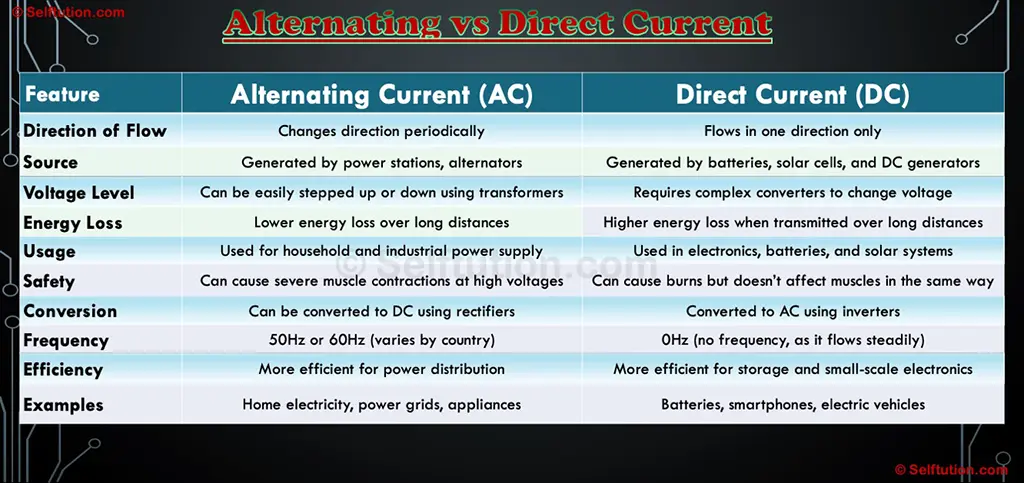
Alternating Current vs Direct Current
Direction of Flow: Alternating current changes direction periodically, whereas direct current flows in one direction only.
Source: AC is generated by power stations and alternators, while DC comes from batteries, solar cells, and DC generators.
- Voltage Level: AC voltage can be easily stepped up or down using transformers, but DC requires complex converters to change voltage.
- Energy Loss: Alternating current has lower energy loss over long distances, whereas direct current loses more energy when transmitted over long distances.
- Usage: AC is used for household and industrial power supply, while DC is used in electronics, batteries, and solar systems.
- Safety: AC can cause severe muscle contractions at high voltages, whereas DC can cause burns but doesn’t affect muscles in the same way.
- Conversion: AC can be converted to DC using rectifiers, while DC is converted to AC using inverters.
- Frequency: Alternating current operates at 50Hz or 60Hz (varies by country), whereas direct current has 0Hz (no frequency, as it flows steadily).
Efficiency: AC is more efficient for power distribution, while DC is more efficient for storage and small-scale electronics.
The Role of Rectifiers and Inverters in Conversion of AC & DC
Since Alternating Current and Direct Current are both useful, we often need to convert one into the other. This is where rectifiers and inverters come in.
- Rectifiers convert AC to DC. That’s what your phone charger does.
- Inverters convert DC to AC. If you’ve ever used a home solar power system, you’ve got an inverter making sure the solar-generated DC power turns into usable AC electricity.
Alternating Current or Direct Current: Which One Is Safer?
Safety is always a major concern when dealing with electricity. Both Alternating Current and Direct Current can be dangerous, but they affect the human body differently.
- AC can cause more severe muscle contractions and heart fibrillation, especially at high voltages.
- DC can cause burns and may lead to electrocution at high levels, but it doesn’t affect muscles in the same way AC does.
That said, modern electrical safety measures, including circuit breakers and insulation, make both AC and DC safer for everyday use.
The Future: Alternating Current, Direct Current, or Both?
With technology advancing, DC is making a strong comeback. Renewable energy sources like solar and wind, energy storage systems, and even modern data centers are increasingly relying on DC power. Plus, with more electric vehicles on the road, DC charging stations are becoming a crucial part of our infrastructure.
At the same time, AC isn’t going anywhere. The existing power grid is built for AC, and replacing it entirely would be costly and complex.
So, what does the future look like? Likely a mix of both. We might see homes and businesses using more local DC power systems, while AC continues to dominate large-scale power distribution.
Final Thoughts (And a Little Homework!)
So, there you have it—Alternating Current and Direct Current demystified! The next time you plug in your phone or flip a light switch, you’ll know exactly what’s happening behind the scenes.
Here’s a fun challenge for you: Look around your house and try to spot at least three devices that use DC and three that use AC. Leave your answers in the comments—I’d love to hear what you find!
And if you’ve got any burning questions (pun intended), drop them below. Science is all about curiosity, and I’m here to help fuel yours.
Until next time, keep experimenting and stay electrified!
You may also like…... Types of Chemical Reactions in Chemistry

